The following are the Quarters for a financial year
April to June - Q1
July to Sep - Q2
Oct to Dec - Q3
Jan to March - Q4
If the month of an input date lies as above I need the output for in terms of Quarter number.
For Example,
If I give an input date (say january 2nd) , I need the output as Q4.
If I give input as (Jun 5), output should give Q1.
Based on input date I need the Quarter number.
